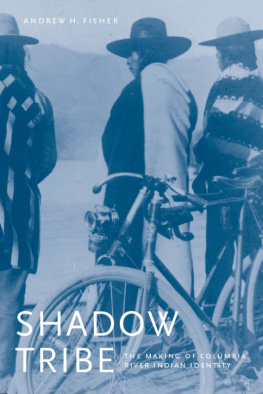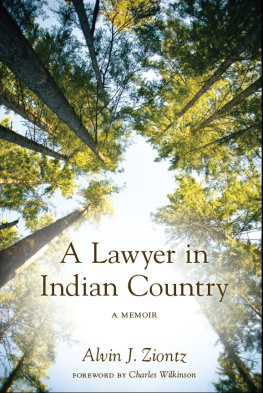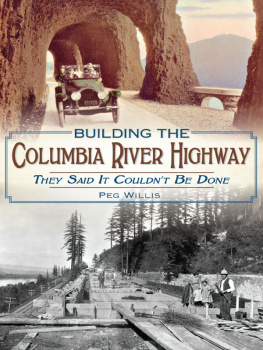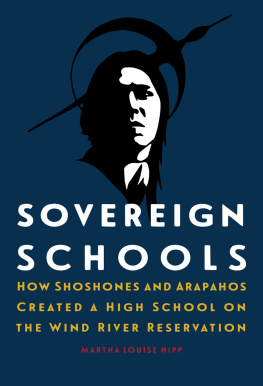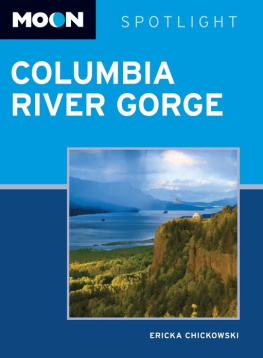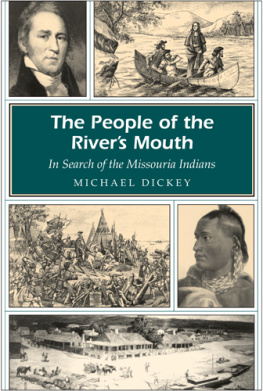Andrew H. Fisher - Shadow Tribe: The Making of Columbia River Indian Identity
Here you can read online Andrew H. Fisher - Shadow Tribe: The Making of Columbia River Indian Identity full text of the book (entire story) in english for free. Download pdf and epub, get meaning, cover and reviews about this ebook. City: Seattle, year: 2011, publisher: University of Washington Press, genre: History. Description of the work, (preface) as well as reviews are available. Best literature library LitArk.com created for fans of good reading and offers a wide selection of genres:
Romance novel
Science fiction
Adventure
Detective
Science
History
Home and family
Prose
Art
Politics
Computer
Non-fiction
Religion
Business
Children
Humor
Choose a favorite category and find really read worthwhile books. Enjoy immersion in the world of imagination, feel the emotions of the characters or learn something new for yourself, make an fascinating discovery.
- Book:Shadow Tribe: The Making of Columbia River Indian Identity
- Author:
- Publisher:University of Washington Press
- Genre:
- Year:2011
- City:Seattle
- Rating:5 / 5
- Favourites:Add to favourites
- Your mark:
Shadow Tribe: The Making of Columbia River Indian Identity: summary, description and annotation
We offer to read an annotation, description, summary or preface (depends on what the author of the book "Shadow Tribe: The Making of Columbia River Indian Identity" wrote himself). If you haven't found the necessary information about the book — write in the comments, we will try to find it.
Shadow Tribe offers the first in-depth history of the Pacific Northwests Columbia River Indians the defiant River People whose ancestors refused to settle on the reservations established for them in central Oregon and Washington. Largely overlooked in traditional accounts of tribal dispossession and confinement, their story illuminates the persistence of off-reservation Native communities and the fluidity of their identities over time. Cast in the imperfect light of federal policy and dimly perceived by non-Indian eyes, the flickering presence of the Columbia River Indians has followed the treaty tribes down the difficult path marked out by the forces of American colonization.
Based on more than a decade of archival research and conversations with Native people, Andrew Fishers groundbreaking book traces the waxing and waning of Columbia River Indian identity from the mid-nineteenth through the late twentieth centuries. Fisher explains how, despite policies designed to destroy them, the shared experience of being off the reservation and at odds with recognized tribes forged far-flung river communities into a loose confederation called the Columbia River Tribe. Environmental changes and political pressures eroded their autonomy during the second half of the twentieth century, yet many River People continued to honor a common heritage of ancestral connection to the Columbia, resistance to the reservation system, devotion to cultural traditions, and detachment from the institutions of federal control and tribal governance. At times, their independent and uncompromising attitude has challenged the sovereignty of the recognized tribes, earning Columbia River Indians a reputation as radicals and troublemakers even among their own people.
Shadow Tribe is part of a new wave of historical scholarship that shows Native American identities to be socially constructed, layered, and contested rather than fixed, singular, and unchanging. From his vantage point on the Columbia, Fisher has written a pioneering study that uses regional history to broaden our understanding of how Indians thwarted efforts to confine and define their existence within narrow reservation boundaries.
Andrew H. Fisher: author's other books
Who wrote Shadow Tribe: The Making of Columbia River Indian Identity? Find out the surname, the name of the author of the book and a list of all author's works by series.

